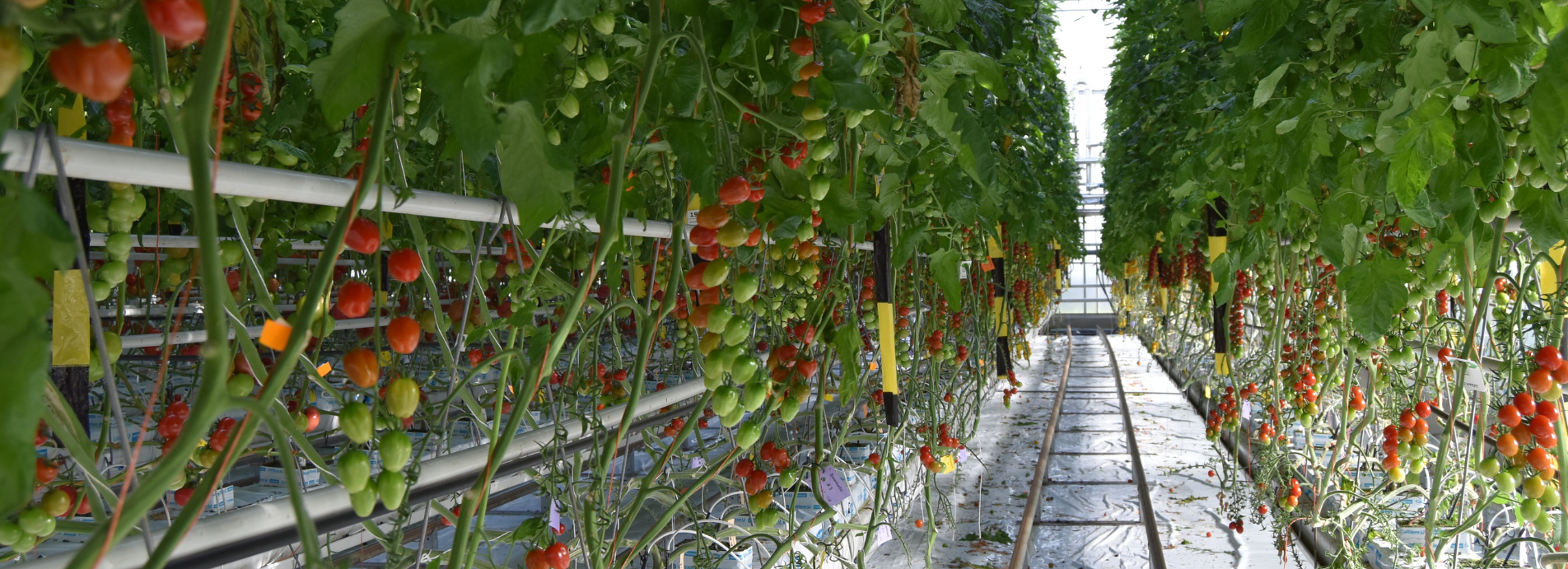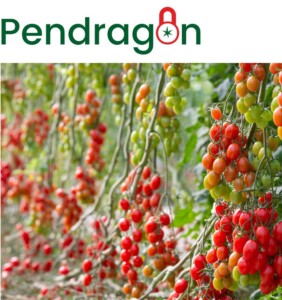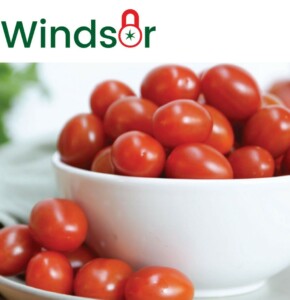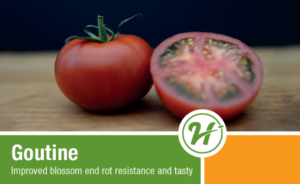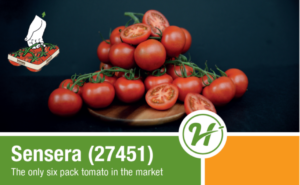Hi! On this page you will find more information about our ToBRFV (IR) resistant varieties ‘Pendragon’ and ‘Windsor’, and our famous taste tomatoes ‘Goutine’, ‘Sensera’, and ‘Summersun’. Scroll down to download the complete catalog or click here. Do you want to stay connected with us? Fill in our contact form at the bottom of this page!
Meet our ToBRFV (IR) resistant varieties!
Interested in our ToBRFV (IR) resistant varieties ‘Pendragon’ and ‘Windsor ? Click on the images for more information about the variety.
Meet our taste tomatoes!
Interested in our taste tomatoes ‘Goutine’, ‘Sensera’, and ‘Summersun’ ? Click on the images for more information about the variety.



 ">
">